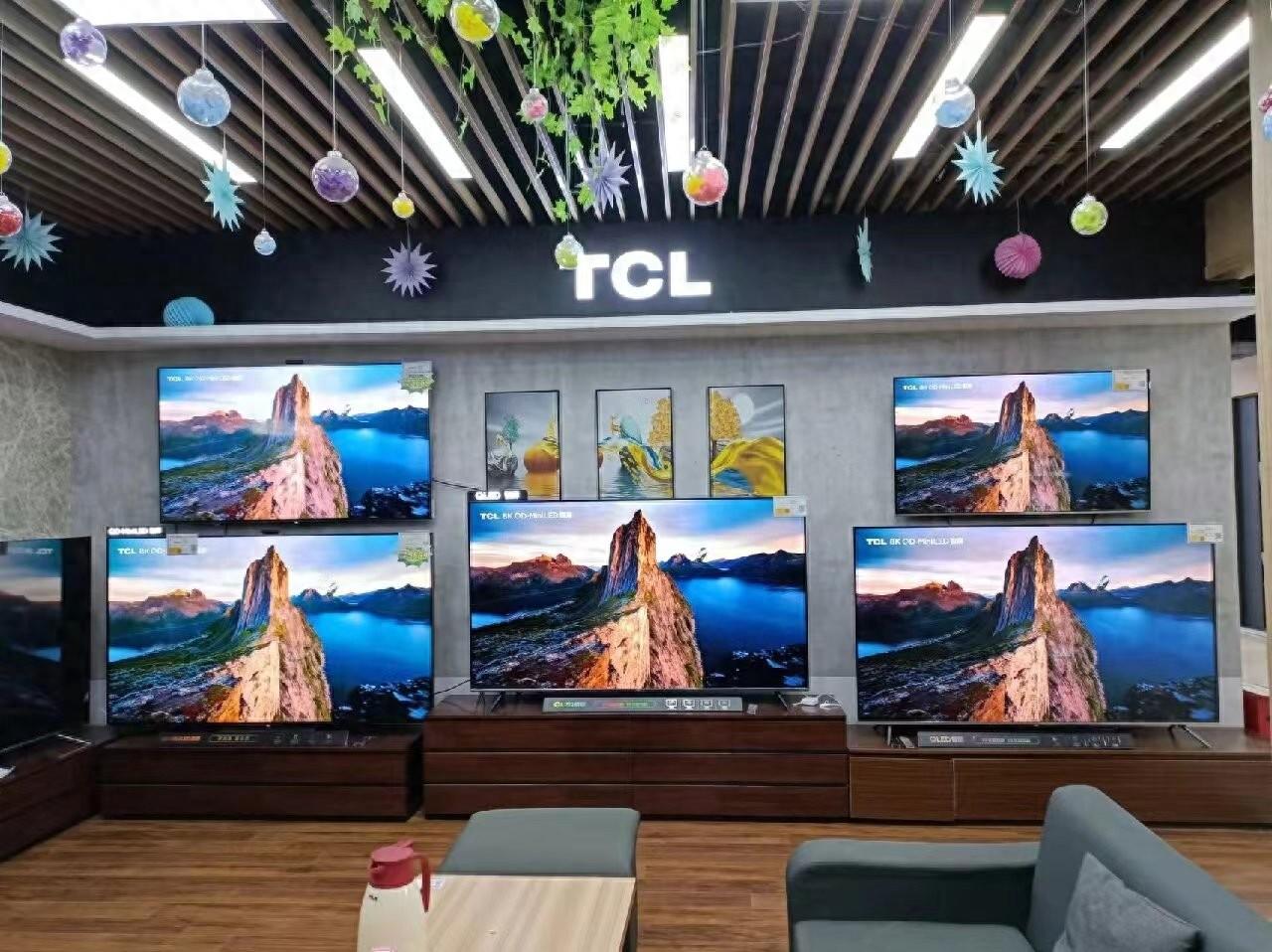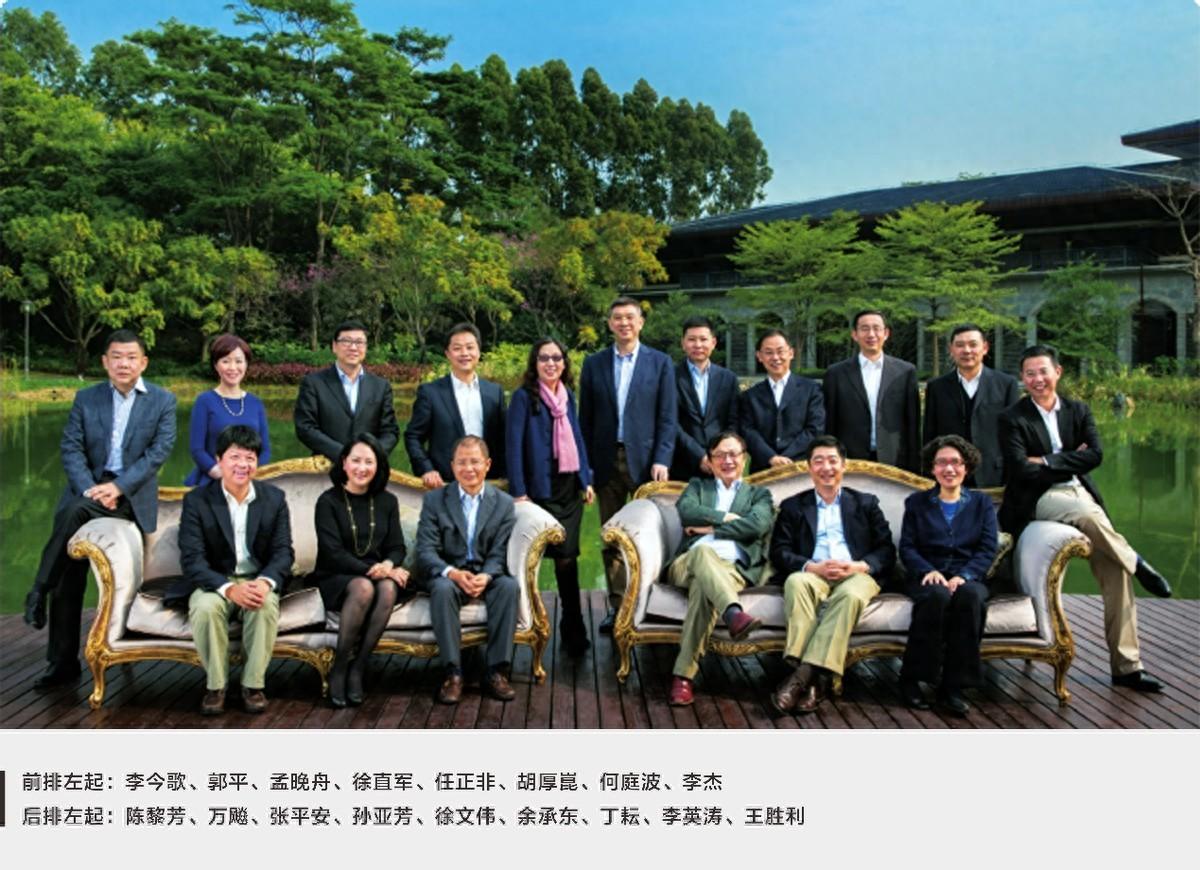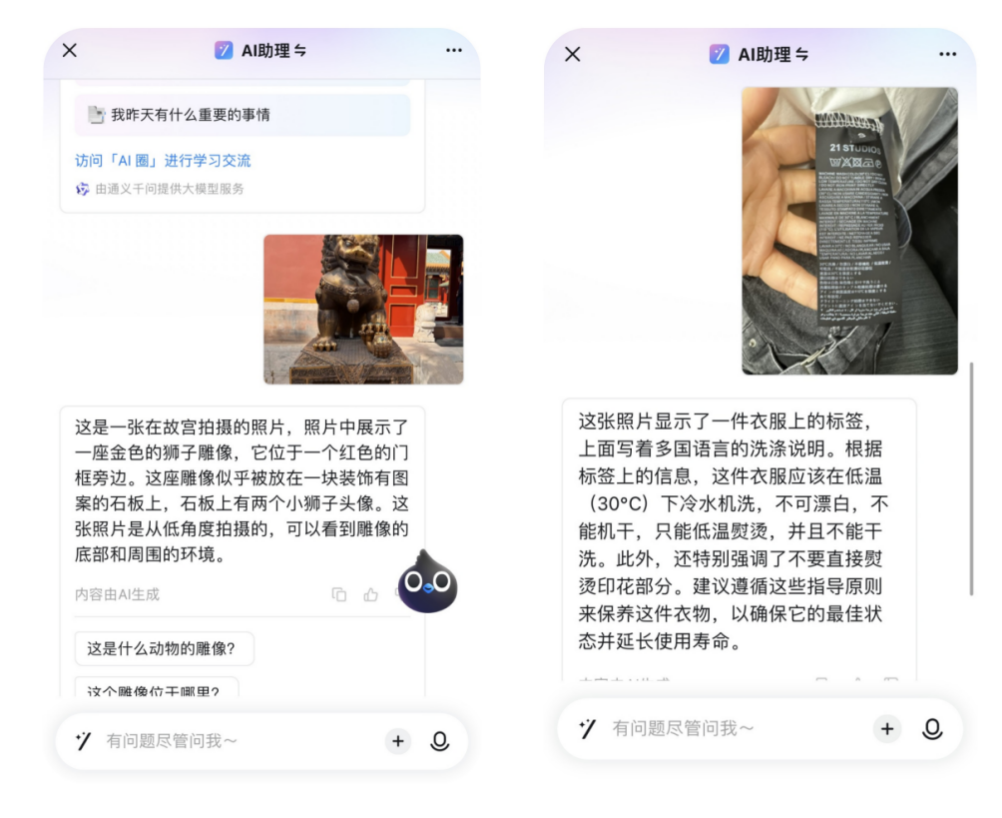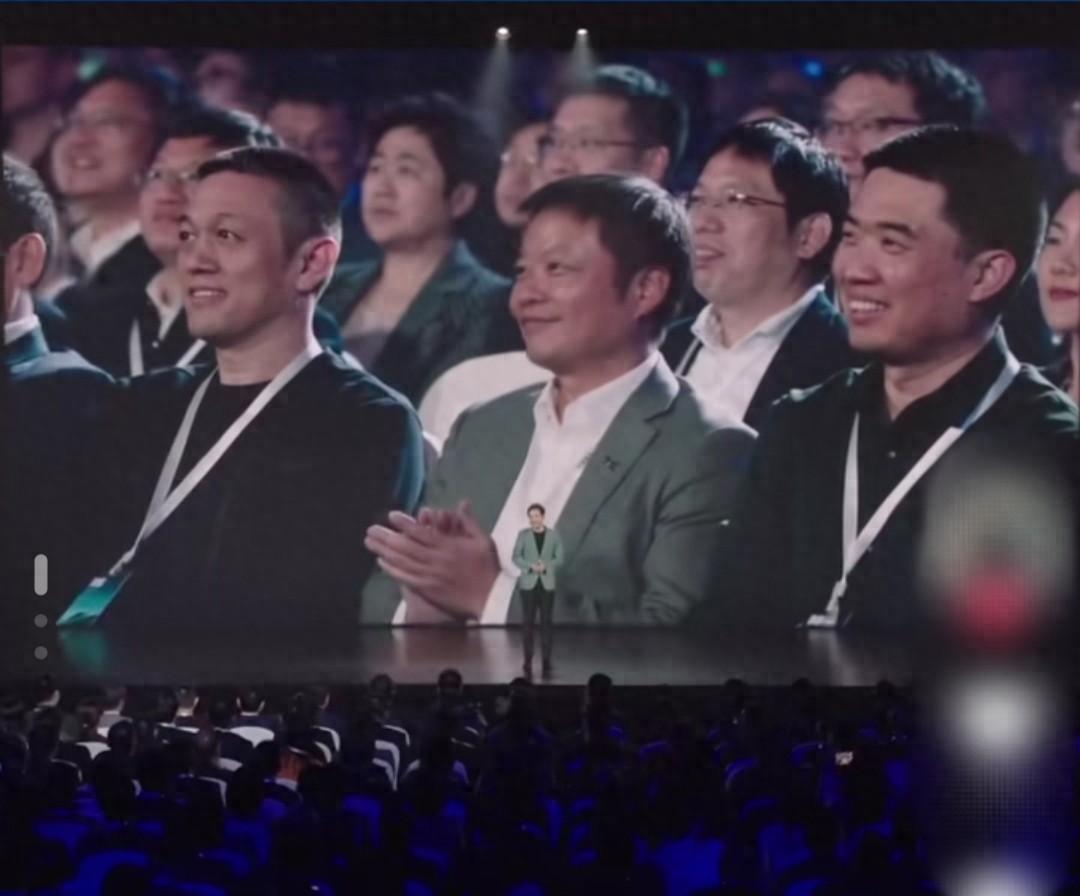In the first half of the mobile phone industry: performance and functionality have stopped rolling, and every household is squeezing toothpaste
Image source @ Visual ChinaArticle | Leitech LeitechFor the mobile phone market in the past two years, it is believed that it is difficult for both mobile phone manufacturers and consumers to give a "satisfactory" evaluation. Mobile phone manufacturers cannot sell their phones, so they naturally cannot offer many sincere products

Image source @ Visual China
Article | Leitech Leitech
For the mobile phone market in the past two years, it is believed that it is difficult for both mobile phone manufacturers and consumers to give a "satisfactory" evaluation. Mobile phone manufacturers cannot sell their phones, so they naturally cannot offer many sincere products. Consumers are also unwilling to buy a phone with a small upgrade dimension, and the two have fallen into a vicious cycle.
Now that half of 2023 has passed, the new wave of mobile phones has basically come to an end. I believe many digital enthusiasts have also noticed that the phones released in the first half of this year have not significantly improved in performance and imaging compared to the previous generation, making it difficult to call them "upgraded iteration models".
The weak product power naturally makes it difficult to stimulate consumers' purchasing desire. According to Canalys data, global smartphone shipments decreased by 13% in the first quarter of 2023, dropping to 270 million units. Against the backdrop of a decline in the overall market, Samsung and Apple's strong performance has allowed them to account for 96% of global smartphone operating profits, leaving other manufacturers with only a small slice of the pie.
The further decline of the market will only bring greater challenges to mobile phone manufacturers, as the waves sweep through the sand. What unique strategies can they come up with in the upcoming second half of the year? This is one of the articles in the first half of the 2023 major market point series of Lei Technology.
I don't understand the performance test, is the parameter war entering a "rest" period?
In the past two years, we have always heard mobile phone manufacturers boast at new product launches about how much their new products have improved in terms of CPU, GPU, and gaming performance compared to the previous generation. But this year, mobile phone manufacturers seem to have unified their approach, no longer overly promoting performance, but trying to attract consumers with more balanced hardware configurations and thoughtful software features.
Actually, this cannot be blamed on mobile phone manufacturers, as the performance of mobile processors has reached a bottleneck period. Taking the third-generation Snapdragon 8 processor and Tianji 9300, which will be released in the second half of this year, as an example, due to the incomplete popularization of TSMC's 3nm process technology, they can only continue to use the "outdated" 4nm process technology.
As Moore's law says, with the size of components getting smaller, it will be more and more difficult to improve the performance of chips. No matter how hard Qualcomm and MediaTek try to change the architecture and improve the dominant frequency, it is impossible to break the Physical law of the manufacturing process. It may be until 2024, when the 3nm process is fully popularized, the next progress can be ushered in for mobile phone processors.
It is worth mentioning that Apple, as the first (and currently the only) customer of TSMC's 3nm process, according to TSMC's official statement, the 3nm process can improve the performance of 5nm chips by 10-15%, reduce power consumption by about 35%, and increase transistor density by about 70%.
According to information released on the internet, the upcoming A17 processor may have a 40% improvement in overall performance compared to the A16, which will distance it from the third-generation Snapdragon 8 and Tianji 9300.
This is also likely to make the iPhone 15 series shine in the second half of this year, demonstrating its crushing advantage. If not unexpected, the second half of 2023 will be Apple's home court, and Android manufacturers with "congenital defects" may choose to avoid their attacks in the second half of the year and try not to face each other head-on. In other words, the second half of 2023 may be a somewhat dark period for domestic mobile phone manufacturers.
In addition to chip manufacturers entering a "rest period", the self-developed chip projects of mobile phone manufacturers also seem to have fallen silent. In 2022, almost all mobile phone manufacturers have released their own chips, and some manufacturers have completed iterative upgrading in just half a year. Although the effects brought by these self-developed chips are not as great as consumers imagine, manufacturers can rely on the label of "self-developed chips" to bring a certain degree of popularity, which is also one of the marketing selling points.
But the problem is,The results brought by self-developed chips are not as good as imagined.
In fact, this can also be understood, after all, the self-developed chips produced by mobile phone manufacturers nowadays are all aimed at "small chips" in the field of imaging or batteries. Moreover, with the significant improvement in mobile phone imaging and charging technology, the improvement brought by self-developed chips is difficult for consumers to perceive.Both in terms of technology content and popularity, it is far inferior to Huawei's HisiQilin processor, which may be one of the reasons why mobile phone manufacturers no longer insist on updating iterative self-developed chips in the first half of 2023.
Obviously, from the current perspective, self-developed chips will not be a good promotional selling point in 2023, and mobile phone manufacturers should not focus on promoting them during the new product launch in the second half of the year. However, Xiaolei is also certain that mobile phone manufacturers will not give up on the research and development process of self-developed chips, and with the increase of time, investment will also increase. Each manufacturer is preparing for the "explosion" in the future.
After all, no one knows when the next 'war' about mobile phones will start.
Squeezing toothpaste at home and buying a new machine becomes a "big loser"?
Although Xiaolei does not want to admit it, the mobile phone market in the first half of 2023 is undoubtedly somewhat disappointing. Compared to the almost crazy video competition, fast charging competition, and performance competition in the previous two years, the several flagship new models released in the first half of this year seem somewhat mediocre.
Taking the Xiaomi 13Ultra as an example, apart from the significant upgrade in terms of processor compared to the 12SUltra (with little actual improvement), there have been almost no changes in peripheral configurations such as screen, camera, and fast charging technology, making it difficult to admit that this is actually a new device. In the absence of breakthrough innovation technology, the achievements that mobile phone manufacturers can make can only be considered as "squeezing toothpaste". From the results, manufacturers are desperately developing new phones, but the various parameters of mobile phones are not in a linear upward trend, and even some flagship products are not as good as the old models in certain parameters.
Xiaolei believes that,The progress of smartphones on the hardware level is probably almost at an end, and even if major brands continue to "squeeze toothpaste" on hardware in the second half of the year, Xiaolei will not be surprised at all.
But we all know that 'squeezing toothpaste' is not something that mobile phone manufacturers want to see, and they are also very worried that their new products will be lost when faced with a large number of competitors. But this also makes Xiaolei a bit curious. For manufacturers like Redmi, iQOO, and OnePlus who focus on cost-effectiveness (cost-effectiveness is their only advantage), how can they impress consumers in a future where hardware is becoming increasingly difficult to differentiate?
That is to say, throughout 2023, manufacturers that focus on cost-effectiveness will actually suffer, while brands that already have a certain brand premium and fan base will have significant advantages.The most typical examples are Apple and Huawei. Although their product strengths are not first-class at the same price, their sufficient brand premium advantages help them to have Absolute advantage in the industry. For those second and third tier manufacturers, 2023 will be an exceptionally difficult year.
In other words, 2023 will be a year for domestic manufacturers to accumulate strength. Of course, Xiaolei cannot guarantee that there will be any significant improvement next year, but at least the performance will be much better than now.
Difficult to improve technology, price increases seem easier
Regarding the issue of homogenization of mobile phone hardware, we have actually talked about it many times. The gradual maturity of supply chain technology, the difficulty in achieving breakthroughs in related technologies in a short period of time, and the lack of designer inspiration have all slowed down the progress of mobile phones. In other words, the designer is' dead '.
Xiaolei briefly recalled that the last time Xiaolei couldn't help but mention the "cow *" off screen camera technology was three years ago, and during these three years, although the off screen camera technology has been constantly upgrading, attempting to promote comprehensive screen technology. But as everyone knows, imperfect technology cannot be recognized by the market, and there are very few models on the market that use off screen camera technology. According to previous reports, the only manufacturer in China that adheres to off screen camera technology will also give up.
It is estimated that there will not be any significant changes in the form of mobile phones in the short term. Although it may sound cruel, the fact is that it is.
As for another type of "new product" foldable screen, based on the several foldable screen phones released in the first half of this year, they have one thing in common: they are becoming increasingly thin and lightweight. After all, a phone weighing over 300 and 400g is difficult for consumers to take out and use, but in order to "lose weight", these phones have also paid a lot of costs, such as "castrating battery capacity, removing some cameras, and cutting off wireless charging modules", making a true flagship bucket machine into a regular folding phone.
From a product perspective, this is a good thing, and it has been proven that consumers do prefer a foldable screen phone that can be taken out of the house, rather than a comprehensive but heavy phone that is as heavy as a brick. But from a technical perspective, this is undoubtedly a setback, and perhaps we will never see a truly flagship foldable screen phone again in the coming years.
Although the highlights of the current mobile phone market are decreasing, the prices of mobile phones have been rising, which makes Xiaolei a bit confused: "Why
According to data released by Counterpoint, the single machine profits of mobile phone manufacturers have been steadily declining in the past two years, especially for domestic mobile phones, where profits have hardly exceeded 10%. Since profits have not increased, why does the price of mobile phones continue to rise?

(Image source: Counterpoint)
The answer is that hardware prices are getting higher and higher. Taking the mainstream flagship processor, the second generation Snapdragon 8, as an example, foreign media has revealed that its single procurement cost is $160 (equivalent to RMB 1137).
Moreover, due to the rapid decline of the mobile phone market, mobile phone manufacturers have gone crazy by placing various flagship processors on mid range phones to ensure their market share is not taken away by competitors, directly increasing the cost of mid range phones.
For example, in 2020, most mid range phones were equipped with Snapdragon 7 series processors, and even the RedmiK series, known as the "price butcher," would sacrifice everything on screen, photography, and charging in order to use Snapdragon 8 series processors, becoming a biased student who gave up everything for performance.In the current mid-range mobile phone market, you can buy a second-generation Snapdragon 8 chip, 2K resolution screen, IMX766 main camera, and 100W wired fast charging bucket machine for 3000 yuan. It can be said that apart from the difference in image and texture compared to the flagship series, the daily user experience is almost the same.
The increase in the cost of mid-range mobile phones means that the profits of mobile phone manufacturers are decreasing. In order to minimize losses, mobile phone manufacturers have to increase the pricing of their flagship phones and reduce the cost of 100 yuan phones as much as possible. Taking OPPOFindX6Pro as an example, its 16+512G version had an initial launch price of 6999 yuan, while its previous generation product, OPPOFindX5Pro, had a top configuration price of 6799 yuan. Some readers may object. The top configuration of FindX5Pro is 12+512G, which is a full 4G difference in running memory, and an expensive 200 yuan is completely acceptable.

(Image source: OPPO official)
But don't forget, the prices of the entire flash memory market have been continuously declining since the end of 2022, with NAND flash memory prices dropping by over 30%, and the entire market is in a state of oversupply. In other words, the procurement cost of 16+512G today may be even cheaper than last year's 12+256G.
So will the prices of flagship phones continue to become increasingly expensive? Xiao Lei can give everyone a clear answer: yes. Before the performance of the mobile phone market returns to its peak, flagship phones will only become increasingly expensive. In the future, the competition in the mid to low end market will continue. In addition, only by impacting the high-end market and increasing unit prices can higher profits be achieved.
The days of the second half of the year: no hardest, only harder
Fortunately, even if smartphones, as a relatively "older" category, have entered a recession period, mobile phone manufacturers have not directly "sold out", but continue to explore user needs and pain points, in order to explore more possibilities.
If he had to choose a "dark horse" from several mobile phone giants, Xiaolei would definitely vote for Vivo. As one of the fastest growing domestic brands in recent years and with the best high-end impact, vivo has achieved comprehensive coverage of its product line in four areas that consumers are most concerned about: high-performance, high imaging, good touch, and versatile flagship. For example, the S series and X series have become one of Vivo's lineups, with impressive new features in the 2000-5000 yuan price range.
Although consumers do not like the 'machine sea strategy', Vivo's decision is undoubtedly correct. In Vivo's view, innovation is not about developing new technologies, but rather anticipating the needs of future consumers, discovering their potential needs, and researching new technological means to meet these needs.After successfully shaping the tone of business and technological innovation, Vivo's journey to heights will obviously be smoother.
At present, there have been many changes in both product level and enterprise dynamics in the mobile phone market in the first half of 2023. Although it is difficult to achieve a "harvest" in the second half of the year, Xiaolei believes that this seed will bloom and bear fruit in a few years.
In summary, the second half of 2023 is not a good year for all mobile phone manufacturers. On the one hand, they must endure the further shrinkage of the mobile phone market, and Android manufacturers also need to face the iPhone 15 series, which has made the greatest progress in recent years.
As for those second and third tier manufacturers, this second half of the year may be their darkest day.
Perhaps the 'resurgence of the wind and clouds' we are looking forward to will not emerge until 2024.
Disclaimer: The content of this article is sourced from the internet. The copyright of the text, images, and other materials belongs to the original author. The platform reprints the materials for the purpose of conveying more information. The content of the article is for reference and learning only, and should not be used for commercial purposes. If it infringes on your legitimate rights and interests, please contact us promptly and we will handle it as soon as possible! We respect copyright and are committed to protecting it. Thank you for sharing.(Email:[email protected])



















